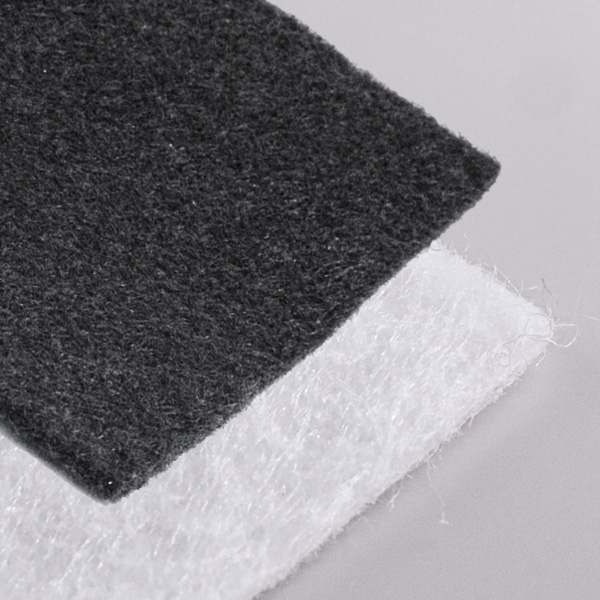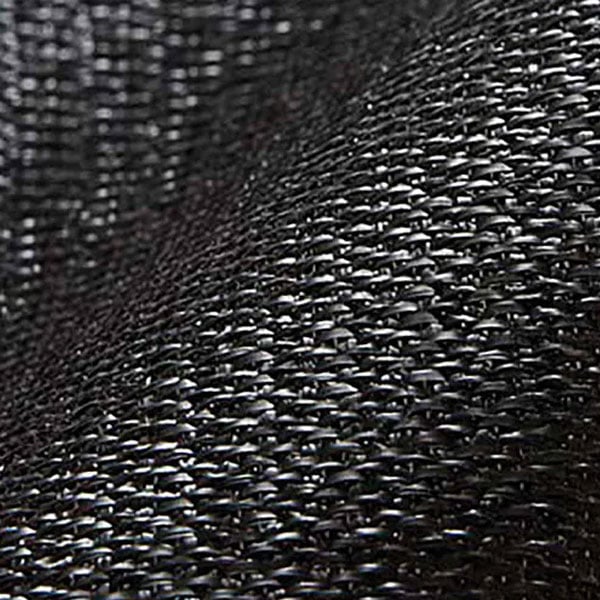WHAT ARE GEOTEXTILES?
Laminated, flexible, and porous textiles primarily made from Polypropylene or Polyester, consisting of polymer fibers bonded together through weaving, needling, or heat-setting. Designed with specific strength and porosity characteristics, they are used to address various geotechnical issues related to filtration, drainage, protection, stabilization, reinforcement, and soil separation.
Significant technical specifications of geosynthetics
Manufacturers and designers adhere to what is established by the Geosynthetic Institute (GSI) in its GRI specifications:
GT-12 Geotextiles as cushion.
GT-13 Geotextiles for separation, as well as those established by the American Association of State Highway and Transportation Officials (AASHTO):
M288 - 05 Geotextile Specification for Road Application.

Advantages for Geotextiles
- They increase the project's lifespan.
- They enhance the mechanical and hydraulic properties of the soil.
- Reduced cost per material movement.
- Low labor cost; quick installation, no need for skilled personnel.
- Panels can be sewn prior to installation.
How Are Geotextiles Used Today?
Separation
They prevent migration and mixing of coarse materials with fine materials.
Reinforcement & Stabilization
They add tensile stress to soft soils, thereby increasing their bearing capacity.
Filtration
They retain soil particles with diameters larger than their pores, allowing water to pass through
Drainage
They evacuate water and gases from the underlying soil through their plane, preventing damage from the pore pressure they generate.
Protecton
Buffers/avoids direct contact with a surface
APPLICATIONS OF GEOTEXTILES
• Communication routes
• Foundations
• Embankments
• Retaining walls
• Pavements
• Green walls and roofs
• Tunnels
• Sports fields
• Sports courts
• Entertainment centers
• Landfills
• Containment of industrial waste
• Leachate pads
• Gabions
• Geotextile containers
• Erosion control
WOVEN GEOTEXTILES
They are manufactured from monofilaments or multifilaments. The fibers are oriented in two directions, the warp threads, which run parallel to the length of the geotextile panel (machine direction), interlace with weft threads, which run perpendicular to the length of the panel. This allows for a material with high strengths and moduli in both warp and weft directions, and low elongations.
Physical characteristics
Colors: Black and black with white.

NON WOVEN GEOTEXTILES
They are manufactured either from continuous filaments or from staple fibers. The fibers are generally randomly oriented within the plane of the geotextiles, but preferential orientation can be achieved.
In the spunbonding process, the filaments are extruded and laid directly onto a moving belt to form the web, which is then bonded either by heat or by needling, where the fibers are mechanically entangled.
Physical characteristics
Colors: Black, white, green, gray.
Typical Applications:
• Subgrade protection for geomembrane
• Cover soil cushion for geomembrane
• Road construction
• Erosion control
• Filtration

Contact us and discover the solution to boost your project.
Let's work together to make your idea a reality and enhance its growth.
